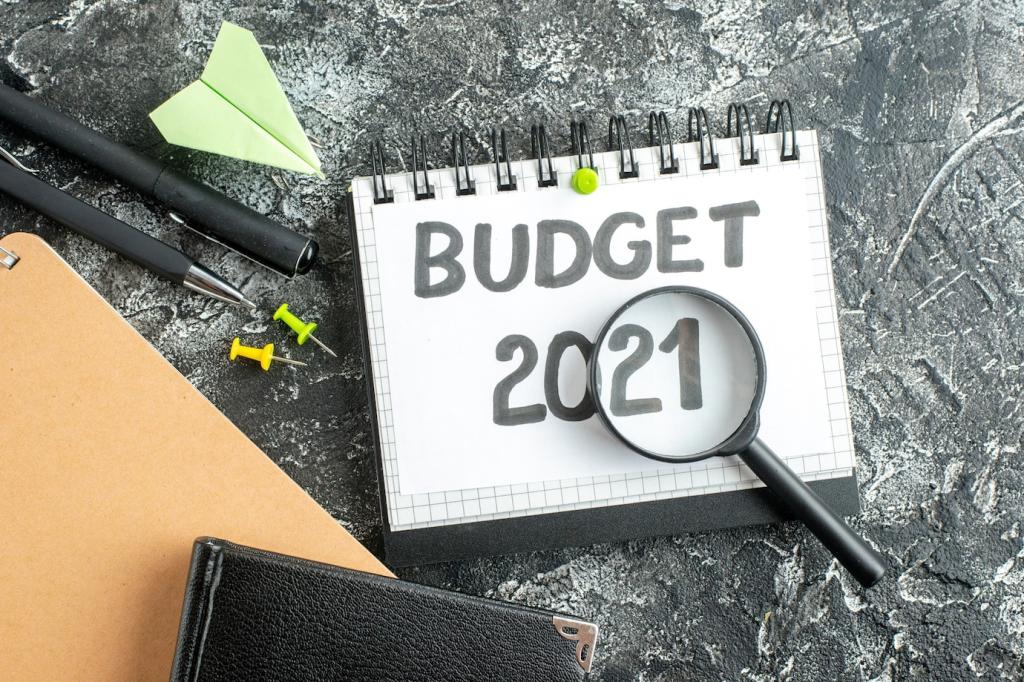People, Process, and Change Management
Co-create models and assumptions with finance, procurement, and operations in working sessions. Pair analysts with budget owners. A nonprofit we coached halved forecast surprises after monthly clinics where frontline managers annotated anomalies.
People, Process, and Change Management
Replace dense tables with storytelling dashboards: variance waterfalls, driver attributions, and scenario toggles. Lead with a one-slide narrative. Invite comments directly in the dashboard to capture context before it evaporates.







